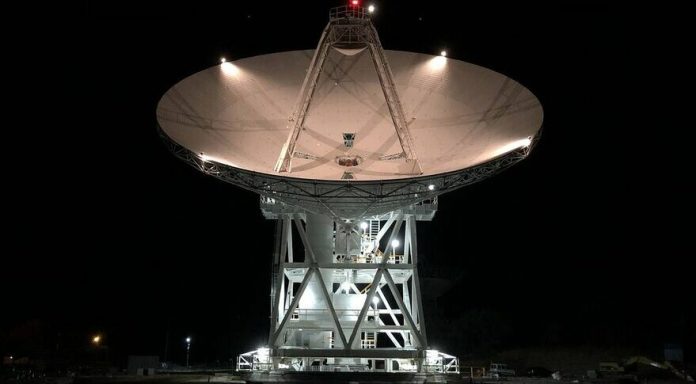
SAN FRANCISCO — Microsoft is working with the Jet Propulsion Laboratory to speed up the process for scheduling communications with distant spacecraft through NASA’s Deep Space Network.
Scheduling communications for spacecraft that rely on the Deep Space Network is becoming increasingly difficult. JPL receives several hundred weekly requests to relay mission-related communications.
Missions like Mars 2020 Perseverance Rover and the James Webb Space Telescope relay higher-fidelity data than older spacecraft, increasing the load on the Deep Space Network. Artemis lunar missions are expected to further tax the Deep Space Network.
For help solving its scheduling problem, JPL is working with Azure Quantum, a Microsoft Azure service designed for quantum computing programs and solving complex, multivariate problems.
The Microsoft Quantum team worked with JPL to begin developing solutions for the scheduling problem. The initial solutions has limited features. The eventual goal is to develop a solution that incorporates extensive requirements.
When Microsoft began working with JPL the tech giant noted that it sometimes took JPL more than two hours to produce a weekly schedule. With the aid of Azure Quantum optimization algorithms, schedules can be produced in minutes.
“Schedules that are produced in minutes rather than hours not only allow JPL to create many candidate schedules, but also allow the organization to be more agile as missions and demands increase,” according to a Jan. 26 Microsoft news release.
The Deep Space Network, NASA’s global array of giant radio antennas operated by JPL, relays communications for missions beyond Earth orbit. Deep Space Network antennas are located in Goldstone, California, Canberra, Australia, and Madrid.